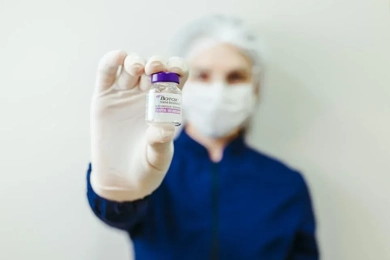
Botox, or Botulinum toxin as it is known scientifically, has long been associated with aesthetic surgeries meant to minimize wrinkles and fine lines. Beyond its obvious uses, Botox is showing promise as a flexible treatment for a range of illnesses, which has many questioning if it's turning into a panacea for medical issues. This blog post explores the many applications of Botox and looks at its limitations as well as its effectiveness.
The most well-known application of Botox is in cosmetic dermatology. It smoothes out wrinkles in the skin, especially those in the forehead, around the eyes, and between the brows, by momentarily paralyzing muscles. Due to its speed and short recovery period, the technique is well-liked by people looking for non-surgical anti-aging treatments. But Botox's cosmetic advantages go beyond appearance; they frequently result in increased self-worth and psychological wellbeing.
Treating severe migraines with Botox is one of the most innovative uses of the medication in medicine. Botox injections can considerably lessen the frequency and intensity of migraine attacks in those who suffer from them more than 15 days per month. Many people who have had trouble with conventional migraine drugs have found relief from the procedure, which entails numerous injections across the head and neck every 12 weeks.
Botox has shown promise in the treatment of spasticity, which is the rigidity of the muscles that frequently coexists with diseases such as multiple sclerosis, stroke, and cerebral palsy. Botox can assist increase mobility and decrease discomfort by relaxing hyperactive muscles, improving the quality of life for those who suffer from these disorders.
Botox presents a viable remedy for people with an overactive bladder. It can lessen symptoms including the sudden need to urinate, incontinence, and frequent urine when injected into the bladder muscle. Patients who don't react well to other drugs can benefit most from this treatment.
Additionally, strabismus (crossed eyes) and blepharospasm (uncontrollably blinking) are two conditions for which Botox is utilized. It can aid in the correction of these disorders, enhancing comfort and vision through the relaxation of the muscles surrounding the eyes.
Botox has many applications, but it is not without drawbacks. Depending on the treated location, the transitory nature of Botox's effects can range from three to six months. This implies that in order to maintain outcomes, many sessions are required. Additionally, not everyone is a good candidate for Botox. Botox should not be used by patients who have specific neurological conditions or who have had an adverse response to any of the chemicals.
Furthermore, the practitioner's ability has a major role in the outcome of Botox treatments. Botox applied incorrectly might cause side effects such as bruising, drooping in areas not intended for treatment, or weakening in the muscles.
Researchers are always looking on novel ways to use Botox. Its potential to heal ailments including depression, irregular heartbeats, and even some forms of pain is being studied in recent times. The prospective applications of this medication in numerous medical domains grows along with our comprehension of it.
In summary
“Once thought to be only a cosmetic procedure, Botox is now showing its versatility in treating a variety of medical issues. Its growing uses in medicine are evident, even though it could not be a panacea. We may anticipate that Botox will become more and more important in therapeutic treatments as research advances, providing comfort and hope to people with a range of illnesses.”
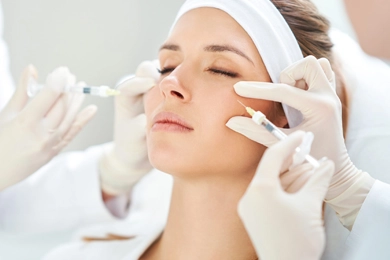 Unlocking the Secrets of Botox: A Comprehensive Guide
Unlocking the Secrets of Botox: A Comprehensive GuideA mainstay in the aesthetic treatment sector, Botox is a word that conjures up images of youth and beauty. Given its potent anti-aging properties and capacity to smooth wrinkles, it is understandable why mil ...
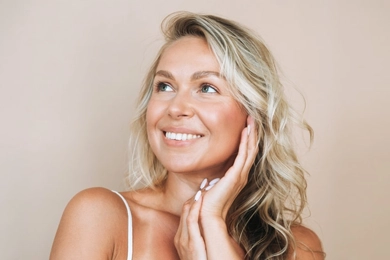 12 Unexpected Botox Benefits You Won't Believe
12 Unexpected Botox Benefits You Won't BelieveBotox, a word frequently associated with the realm of cosmetic beauty, conceals a slew of unexpected benefits beneath its surface that go beyond its conventional use. ...
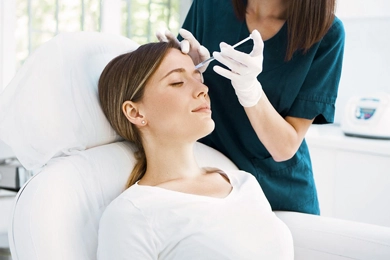 A Beginner's Guide to Botox: What to Expect and How to Prepare
A Beginner's Guide to Botox: What to Expect and How to PrepareThis comprehensive guide will outline the following: considerations to bear in mind, anticipations during and following a Botox treatment, and pre-treatment precautions. ...
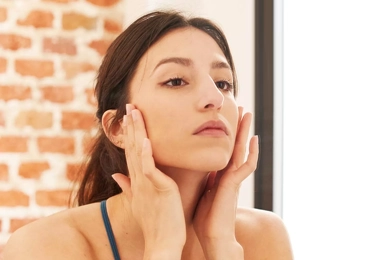 Botox Didn't Work; What Is the Reason for This? What Should I Do?
Botox Didn't Work; What Is the Reason for This? What Should I Do?Botox adverse effects may be attributed to a multitude of factors, including the practitioner's skill, the product's quality, or the physical attributes of the recipient. ...
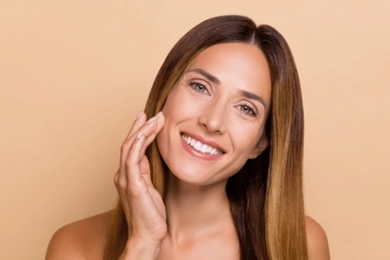 50 Things You Need to Know About Botox
50 Things You Need to Know About BotoxBotulinum toxin, which is created by the bacterium Clostridium botulinum, is the source of the drug known as Botox. Although it has a reputation for being able to minimize facial wrinkles, its roots are in m ...
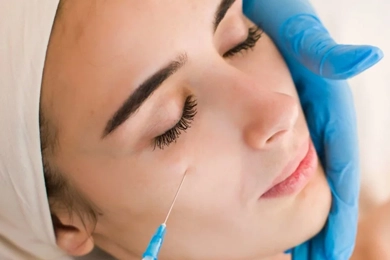 3 Zone Botox
3 Zone BotoxBotox continues to lead non-surgical aesthetic therapies in the large and ever-evolving field of cosmetic treatments. While the fundamentals of Botox are generally understood by most individuals, the idea of ...
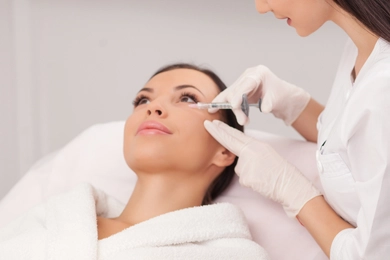 When Does the Effect of Botox Begin and How Long Does It Last?
When Does the Effect of Botox Begin and How Long Does It Last?Botox has grown to be one of the most popular cosmetic procedures in the globe due to its effectiveness in smoothing out wrinkles and fine lines. Potential patients frequently inquire about the beginning and ...
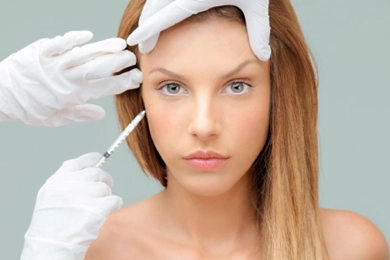 Does Resistance Develop to Botox?
Does Resistance Develop to Botox?Botox, a common non-surgical cosmetic procedure, has changed everything for many people who want to get rid of wrinkles and fine lines. Although the effects are frequently successful, some individuals report ...
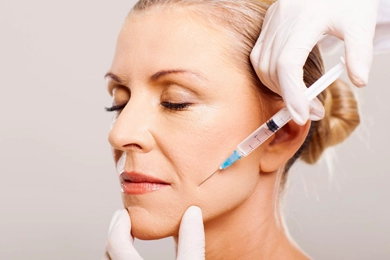 Post-Botox Care: The Do's and Don'ts for Optimal Results
Post-Botox Care: The Do's and Don'ts for Optimal ResultsWith millions of procedures conducted each year, Botox has solidified its position as a top non-surgical aesthetic treatment. Many people appreciate it due to its capacity to lessen wrinkles and give a more ...
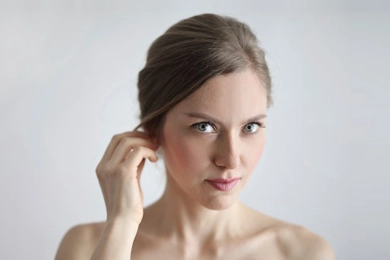 How Frequently Should I Get Botox?
How Frequently Should I Get Botox?Botox has become a buzzword in the aesthetic industry, renowned for its ability to smooth wrinkles and rejuvenate the complexion. However, a common conundrum that many encounter is determining the optimal fr ...
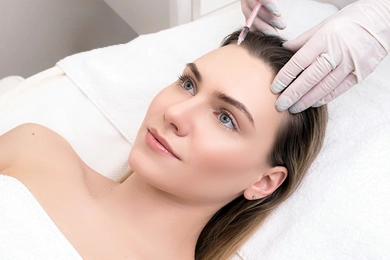 Preventative Botox
Preventative BotoxPreventative Botox stands out as a bright prospect for many in a time when the quest for perpetual youth has gained considerable traction. This cutting-edge technique is becoming more and more well-liked as ...
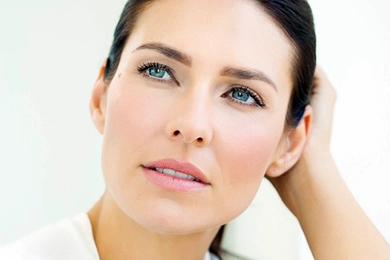 Botox vs. Filler
Botox vs. FillerBotox and dermal fillers stand out as two of the most popular and successful procedures in the cosmetic business for restoring a young appearance. ...
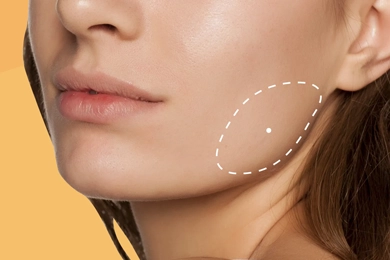 A Comprehensive Look at Botulinum Toxin
A Comprehensive Look at Botulinum ToxinBruxism is the medical term for teeth grinding or clenching, a common condition that many people experience at some point in their lives. ...
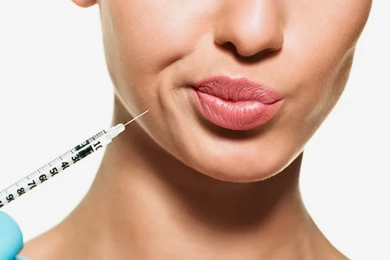 Can The Effects of Botox Be Undone?
Can The Effects of Botox Be Undone?The neurotoxin known as Botox, also known as botulinum toxin type A, has become extremely popular in cosmetic dermatology due to its capacity to minimize the appearance of fine lines and wrinkles. ...
 I Have Had Botox Done, But I Am Not Satisfied
I Have Had Botox Done, But I Am Not SatisfiedThe outcomes of Botox, however, can vary from person to person as with any medical procedure, and occasionally, patients may not be entirely satisfied with the results. Here is what you should do if you find ...
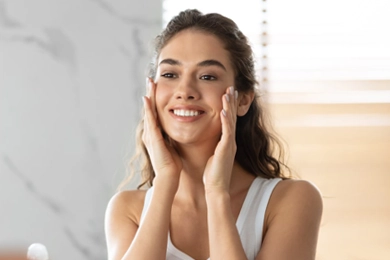 How Long Does Botox Take To Work, Timeline And More
How Long Does Botox Take To Work, Timeline And MoreBotox is a well-known cosmetic procedure that helps to hide facial wrinkles and fine lines. Yet when considering Botox, one of the most frequently asked queries is how long it takes to start working. We will ...
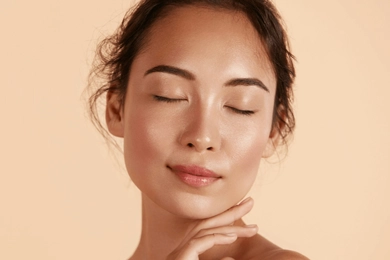 How Long Does Botox Last?
How Long Does Botox Last?A common cosmetic procedure that aims to lessen the appearance of wrinkles and fine lines is botox. It is frequently applied on frown lines, crow's feet, and forehead lines. But one concern that many people ...
 How to Make Botox Last Longer
How to Make Botox Last LongerHow to Make Botox Last Longer It functions by preventing the signals that tell muscles to contract, which helps the skin become smoother. While Botox's effects are transient, there are strategies to extend i ...
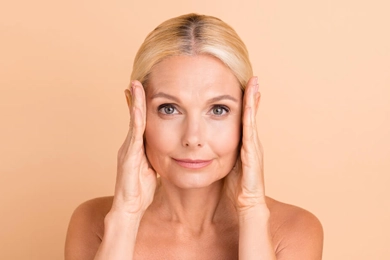 Botox Aftercare: Things you Should Avoid After Botox Treatment
Botox Aftercare: Things you Should Avoid After Botox TreatmentWhile Botox is a relatively safe procedure, it is important to follow proper aftercare instructions to ensure the best results. In this blog post, we will discuss things you should avoid after Botox treatmen ...
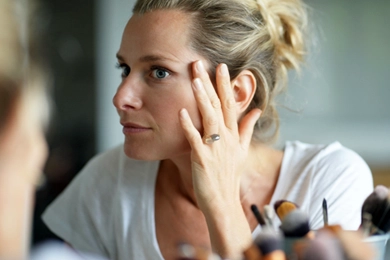 What Happens If I Stop Getting Botox Injections?
What Happens If I Stop Getting Botox Injections?For many years, people have used Botox, a common cosmetic procedure, to lessen the appearance of wrinkles and fine lines. It functions by obstructing the signals that travel from the nerves to the muscles, w ...
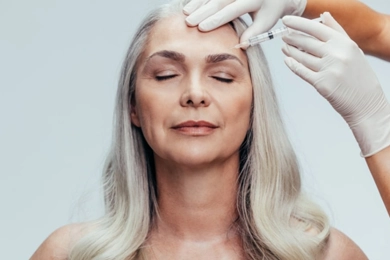 Can I Exercise After Botox?
Can I Exercise After Botox?In this article, we will examine the effects of exercise on Botox and offer some guidelines for exercising safely after receiving the popular cosmetic procedure. ...
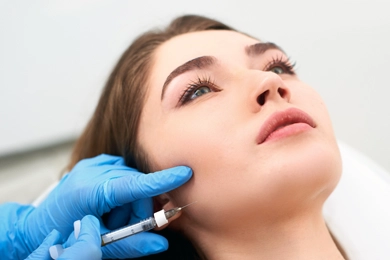 When Will You See Results After Masseter Botox?
When Will You See Results After Masseter Botox?There are several therapy options for bruxism, or the unintentional grinding or clenching of teeth. Injections of masseter Botox are one of the most well-liked and successful therapies. ...